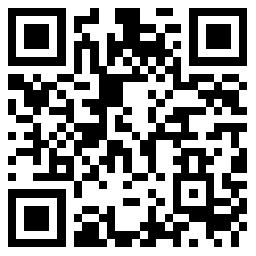Text 3
Scientists often struggle to communicate the findings of research. Our subject matter can be technical and not easily digested by a general audience. And our discoveries – from a new type of tessellating pentagon to the presence of gravitational waves in space – have no meaning until that meaning can be defined and agreed upon. To address this, we are often advised to use the tools of narrative.
This advice is now found everywhere from training sessions to blogs to the most prominent scientific journals. An article in Nature magazine advises scientists to relate data to the world by using “the age-old custom of telling a story.” Proceedings of the National Academy of Sciences cites the “increased comprehension, interest, and engagement” that narrative offers. And another study shows that writing in a narrative style increases understanding of scientific results.
So, what could be wrong with urging scientists to take advantage of our natural storytelling skills? In an article titled “Against storytelling of scientific results”, Yarden Katz explains that certain defining features of narrative – someone pursing a goal; a satisfying resolution that resolves this; a meaning that draws people in – are contradictory to key ideals and practices of scientific work.
However, human beings, scientists included, have brains that are not evolved for dispassionate thinking. Bugs in our reasoning from the confirmation bias to the gambler’s faults make our natural thought processes deeply subjective and partial. And these are precisely the kinds of cognitive properties that make storytelling stick so well. Even if an exemplary scientist has trained herself to be utterly objective, her audience will always bring their biased, story-gobbling minds.
This is why we have little choice but to apply the philosophy of judo to the problem of communicating scientific work and findings. Rather than struggle against cognitive biases, we need to work with them if we are going to keep them in check. Facts can be collected but they need to be interpreted. To interpret a fact is to give it meaning. And this is nothing other than storytelling. Only with a story can the facts be communicated, and only then can they become part of the received knowledge that drives the very possibility of scientific progress.
35. To promote scientific progress, facts are best interpreted with ____.

















 预约成功!
预约成功!
















